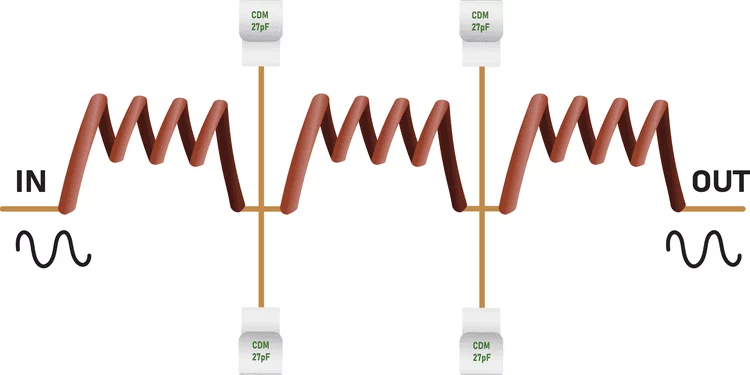Introduction: Bandpass filters are vital components in signal processing, communication systems, and various scientific applications. They play a crucial role in allowing a specific range of frequencies to pass through while attenuating others. In this blog post, we will delve into the different types of bandpass filters, their functionalities, and their significance in today’s AI-powered world.
Types of Bandpass Filters:
- Active Bandpass Filters: Active bandpass filters are designed using active electronic components like operational amplifiers. These filters offer high gain and precise frequency control, making them ideal for AI applications where signal conditioning is crucial. Active bandpass filters are widely used in audio processing, speech recognition, and wireless communication systems.
- Passive Bandpass Filters: Passive bandpass filters are composed of passive electronic components, such as resistors, capacitors, and inductors. Unlike active filters, they do not require an external power source. Passive bandpass filters are commonly employed in RF communication systems, biomedical devices, and audio equipment.
- Digital Bandpass Filters: Digital bandpass filters process signals in a digital domain, making them easily programmable and adaptable. These filters are widely used in AI-based applications for speech enhancement, image processing, and machine learning algorithms. Digital bandpass filters can be implemented using various techniques like Finite Impulse Response (FIR) and Infinite Impulse Response (IIR).
- Analog Bandpass Filters: Analog bandpass filters operate in the analog domain and are widely used in applications requiring continuous signal processing. They find use in radio frequency circuits, medical devices, and audio processing, where real-time filtering is necessary.
- Elliptic Bandpass Filters: Elliptic bandpass filters are a type of analog filter known for their steep roll-off and the ability to simultaneously provide low pass and high pass characteristics. They find extensive use in AI-powered communication systems, satellite communications, and biomedical applications.
- Butterworth Bandpass Filters: Butterworth bandpass filters are characterized by their maximally flat frequency response in the passband. These filters are widely utilized in AI-based data acquisition systems, speech recognition, and radar systems.
Conclusion: In conclusion, understanding the various types of bandpass filters is essential for engineers and researchers working with AI applications and signal processing. Active, passive, digital, and analog bandpass filters each serve unique purposes, catering to diverse requirements across industries. By incorporating bandpass filters effectively, AI systems can enhance signal quality, reduce noise, and improve overall performance. To learn more about the different types of optical filters, check out “Types of Bandpass Filters” at Types of Bandpass Filters.
Remember, selecting the right bandpass filter depends on the specific application’s needs, and continuous research in this field is crucial to further advancements in AI technologies.
Top of Form







